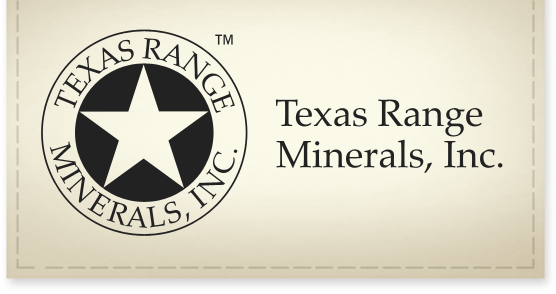Matching Mother Cows to your Environment
Mother cows not matched to an environment: that is one of the foremost problems I see while traveling the Southwestern United States for our industry. Brood cows that perform and produce in Missouri may not make it in the Davis Mountains of the Trans- Pecos Region of West Texas.
Charles Goodnight had a very functional herd of cattle from the perspective of fertility. One can read between the lines in E. Everett Haley’s biography of Goodnight and clearly see that he simply let the environment determine which genes stayed in his herd’s gene pool ― and which left it. He cut out and shipped his dry cows every spring, and there were no excuses. Produce a calf or else.
Hardiness. Some purebred breeders have lost sight of this trait, which may not be as flashy as rib-eye area, but which cannot be overlooked if the goal of a rancher is to see a positive bottom line. I have said, and I am sure you have, too, that welfare is bad for humans. It is likewise bad for cattle. Cattle raised in, so to speak, the lap of cow luxury―born on a concreted-floor OB ward, vet in attendance 24/7, full feed in front of mother and baby 24/7―makes for big weaning weights, sure enough. But those cattle can fall apart in the real world. Those welfare genetics pass down to the commercial cow-calf producer, who is raising replacements out of bulls raised on bovine welfare.
The modern beef industry of course cannot simply operate on survival of the fittest. There is already a breed for that, the Longhorn. But in this age when input costs continue to rise, thought should be given by the purebred industry to produce not only the beefiest seed stock cattle in the world but simply to have the cows doing it a little more acclimated to the real world of “working for a living”.
I would like to see more registered seed stock produced using the practices of the real world of commercial cow-calf operators.

